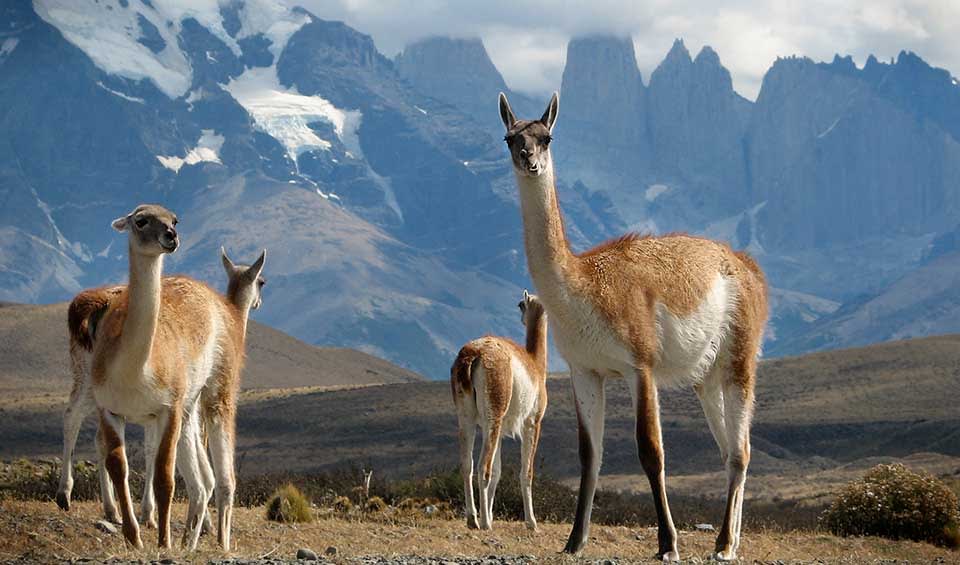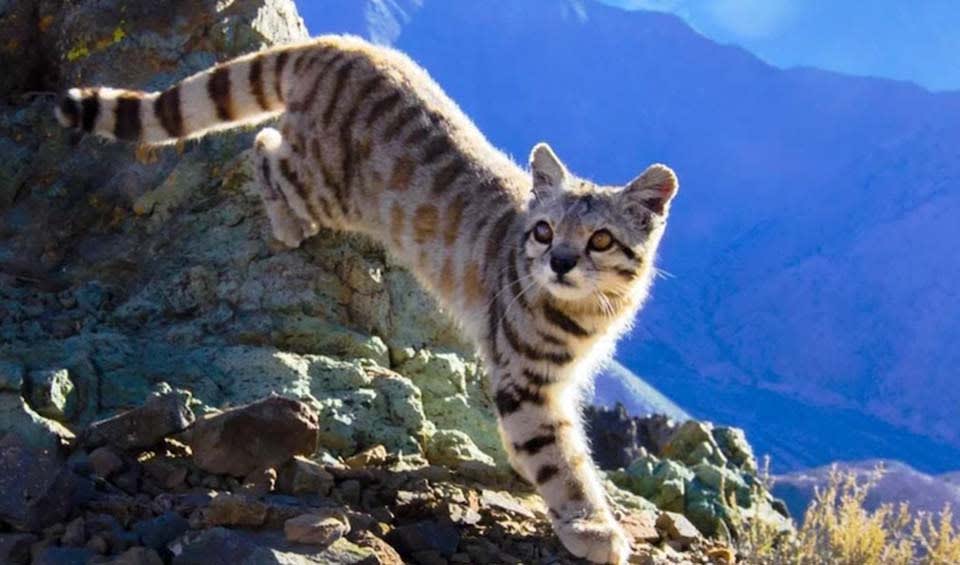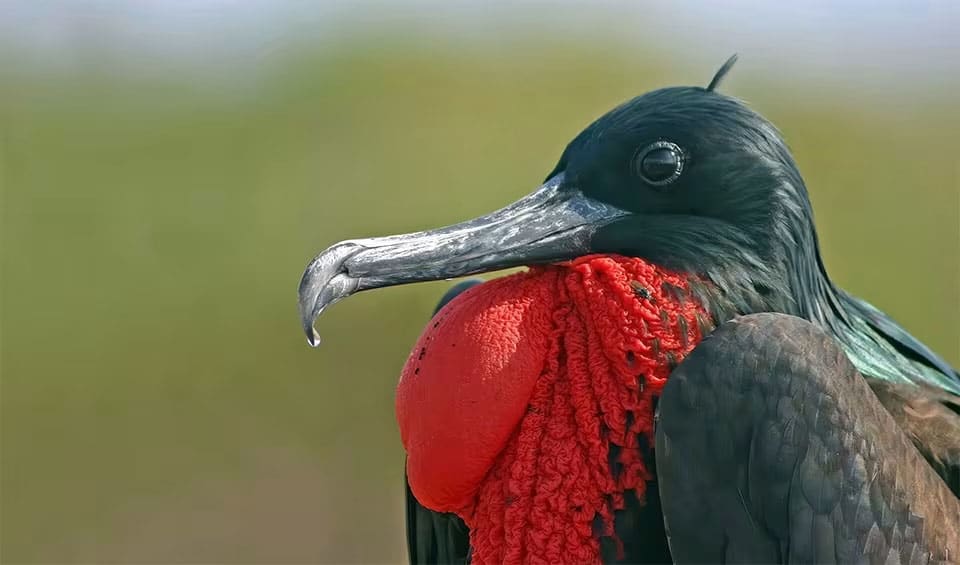Chile boasts a remarkable diversity of life, hosting around 30,000 species, 25% of which are unique to the country, positioning it as one of the global biodiversity hotspots, especially in its central and southern regions. Stretching some 4,345 km (2,700 miles) from north to south, the country fsively in southern Chile and Argentina in South America.
Additioneatures a diverse range of natural landscapes, including deserts, grasslands, shrublands, and both temperate and tropical forests. The Atacama Desert in Chile is the driest on earth, and the Valdivian temperate rainforests, characterized by evergreen angiosperm trees, are found exclually, Chile is part of the “Pacific Ring of Fire,” a region known for frequent earthquakes and volcanic activity. Chile also lays claim to about 1,243,195 km² (480,000 mi²) of Antarctica, though this claim is currently on hold under the Antarctic Treaty. The country’s forestry, fisheries, agriculture, and tourism industries, which are heavily reliant on renewable natural resources, contribute 9.7% to the GDP and provide over one million direct jobs.
Four pillars elaborated:
Chile is home to an extensive network of protected areas, covering more than 18% of its territory. These regions protect a diverse range of ecosystems, including the Patagonian wilds, arid deserts, and dense temperate rainforests. Some notable protected areas include Torres del Paine National Park, known for its rugged landscapes and diverse wildlife; Lauca National Park, which features high-altitude wetlands and volcanic peaks; and Conguillío National Park, famous for its ancient Araucaria forests and scenic lakes. In 2024, Chile launched a new initiative to expand its protected land and marine areas to encompass 30% of its total territory, reinforcing its dedication to preserving its natural heritage. Land Management
Land Management
The primary threats to biodiversity in Chile stem from land use changes driven by forestry and agricultural activities. These sectors are responsible for significant alterations to natural habitats, impacting local flora and fauna. Additional pressures come from urban expansion, which reduces and fragments ecosystems. Invasive alien species also pose a major risk, outcompeting native species for resources. Forest fires further devastate habitats, often exacerbated by human activities or climatic conditions. Threats to Biodiversity
Threats to Biodiversity
Climate change is another critical threat, altering temperature and precipitation patterns, which in turn affect species survival and distribution. Moreover, extensive water extraction for mining and agriculture in Chile’s northern regions severely impacts water availability, affecting both aquatic and terrestrial ecosystems.
In 2010, Chile revised its 1994 Environmental Law, leading to significant advancements in environmental and biodiversity management within a sustainable development framework. This included the establishment of new institutions like the Ministry of Environment—which replaced the National Environmental Commission (CONAMA)—the Environmental Assessment Service, the Superintendency of the Environment, and Environmental Courts. The Ministry of Environment now holds enhanced powers in biodiversity management. The Environmental Assessment Service manages the System on Environmental Impact Assessment (SEIA), and in 2014, a proposal was introduced to create a Biodiversity and Protected Areas Service. Capacity and Governance
Capacity and Governance
Additionally, Chile’s National Plan for Climate Change Adaptation features nine sectoral plans, with one dedicated to biodiversity, focusing on sustainable management and ecosystem conservation and restoration. The plan addresses both human-caused and climate-related stresses while bolstering research, monitoring, and training capacities. Concurrently, the Ministry of Environment is advocating for a task force to promote ecological restoration efforts. Chile also participates in the UN REDD+ programme, emphasizing its commitment to environmental sustainability.
The updated National Biodiversity Strategy for 2015-2030 aligns with the 2011-2020 CBD Strategic Plan and incorporates the Aichi targets. It addresses the implementation challenges encountered with the previous strategy by shifting its focus from direct actions to enabling factors like knowledge, capacity building, awareness, education, and the integration of biodiversity considerations into other public policies and private activities. This strategy will also feature a National Strategy for Coastal and Marine Conservation and will be connected to the Climate Change Adaptation Plan (Chapter 4; Section 7). Additionally, there is an increased focus on ecosystem restoration and enhancing connectivity between ecosystems. Future Trends
Future Trends
Biodiversity
The Atacama Desert, one of the driest places on Earth, hosts a surprising variety of life adapted to its extreme conditions. Unique plant species such as cacti and succulents thrive here, along with animals like the viscacha and various species of lizards. The desert blooms with wildflowers during rare rainfall events, adding to its ecological uniqueness.In stark contrast, the temperate rainforests of southern Chile, particularly in Los Lagos and Aysén, are lush and biologically rich. These forests are home to ancient trees like the alerce and the araucaria and support diverse wildlife, including the puma, the pudú (the world’s smallest deer), and numerous bird species such as the Magellanic woodpecker and the Chilean flamingo.
The Andes mountains, which run the country’s length, create diverse habitats ranging from high-altitude deserts to alpine tundra. These areas are home to species like the Andean condor, guanaco, and vicuña, as well as a variety of unique plant species adapted to the cold, dry conditions.
With its cold, nutrient-rich waters, Chile’s extensive coastline supports a rich marine biodiversity. The Humboldt Current brings abundant marine life, including sea lions, penguins, and various fish species. The coastal and marine environments also support kelp forests and coral reefs, which are crucial habitats for marine organisms. The southern region of Patagonia, including areas like Torres del Paine National Park, features dramatic landscapes of glaciers, fjords, and rugged mountains. This region supports unique species such as the guanaco, the Andean fox, and a variety of birdlife, including the Andean condor and the black-necked swan.
In the table below are the number of known species in several main groups, how many of these species are Threatened with extinction, and how many of them are Endemic (unique to Chile only):
| Species (World rank) |
Threatened | % Threatened | Endemic | % Endemic | |
|---|---|---|---|---|---|
| Mammals | 160 (#72) | 19 | 11.9% | 15 | 9.4% |
| Birds | 429 (#82) | 36 | 8.4% | 14 | 3.3% |
| Reptiles | 149 (#65) | 25 | 16.8% | 74 | 49.7% |
| Amphibians | 58 (#53) | 29 | 50.0% | 42 | 72.4% |
| Fishes | 782 (#74) | 58 | 7.4% | 25 | 3.2% |
| Plants | 4,944 (#69) | 73 | 1.5% | 351 | 7.1% |
mammals
Cougar
The most widespread large mammal of the Americas: from Canada’s Yukon to the Andes in South America
Guanaco
The largest herbivores of the dry areas of South America
Andean mountain cat
One of the rarest wild cats, until recently, most data about them were collected from 2 photographs, 3 skull samples, and 14 skin samples
birds
Lesser rhea
The cute birds from South America
Macaroni penguin
The penguin with a cool tiara
Great frigatebird
These birds spend weeks in the air and hunt, preen and even sleep while in flight
reptiles
Magellanic iguana
A tree dwelling reptile native to Chile and Argentina
South American leaf-toed gecko
Their toe pads have microscopic hair-like structures called setae, allowing them to stick using van der Waals forces
Green sea turtle
Largest hard-shelled sea turtle on earth
National Animals
South Andean deer
National symbol of Chile and appears on the country’s coat of arms, representing the nation’s wildlife heritage and natural beauty
Andean condor
The largest and heaviest raptor in the world















